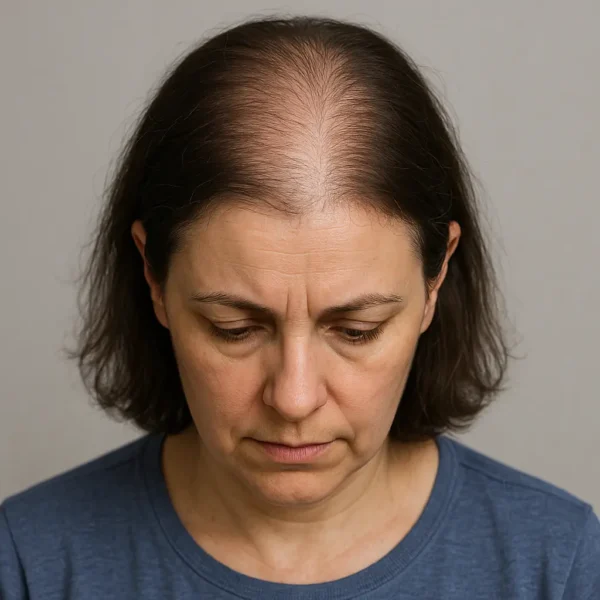
Chemical and metal induced effluvium: why some substances can make hair fall out
Losing between fifty and a hundred hairs a day is a normal part of the scalp hair growth cycle. However, when the rate of shedding…
Insights on Hair Health, Hair Growth, and Alopecia Research
Insights on Hair Health, Hair Growth, and Alopecia Research

Losing between fifty and a hundred hairs a day is a normal part of the scalp hair growth cycle. However, when the rate of shedding…
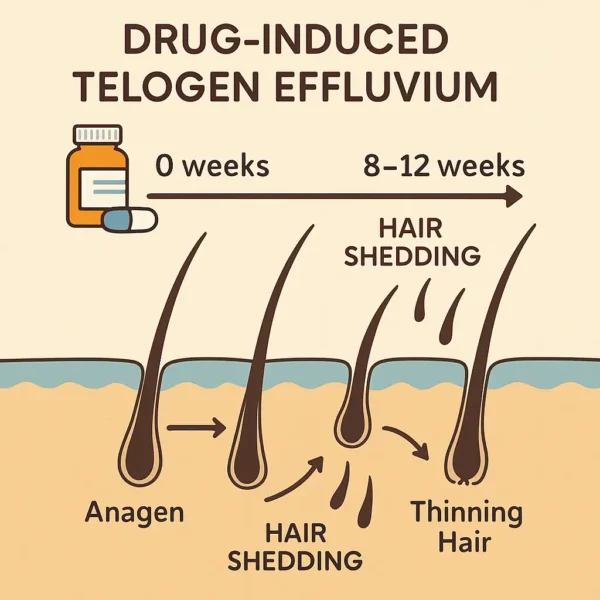
Understanding Telogen Effluvium: Telogen effluvium (TE) is a nonscarring, reversible form of diffuse hair loss characterized by an increased proportion of hair follicles entering the…

Introduction: Androgenetic alopecia (AGA), commonly known as male or female pattern baldness, is the most prevalent form of hair loss affecting both men and women…

The Sign of Hertoghe, also known as Queen Anne’s sign, refers to the thinning or loss of the lateral third of the eyebrows. Although once…

Trichothiodystrophy (TTD) is a rare, autosomal recessive disorder characterized by sulfur-deficient hair, developmental anomalies, and a spectrum of systemic manifestations. It falls under the category…
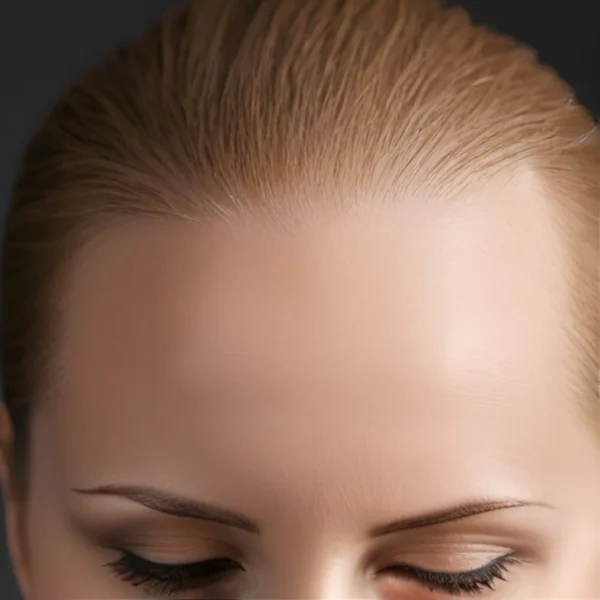
Introduction: An uneven hairline refers to a condition where the hairline lacks symmetry across the forehead or scalp, giving a visually unbalanced appearance. Hairlines naturally…
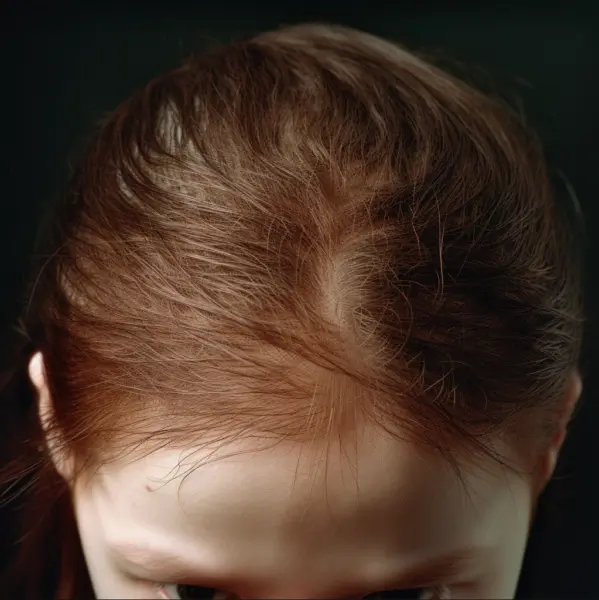
Trichotillomania (TTM), also known as hair-pulling disorder, is a condition that compels people to pull out their hair. This behavior can result in significant hair…

Baldness, often viewed merely as a cosmetic or age-related change, actually carries with it several medical and practical benefits. While the aesthetics of hair loss…
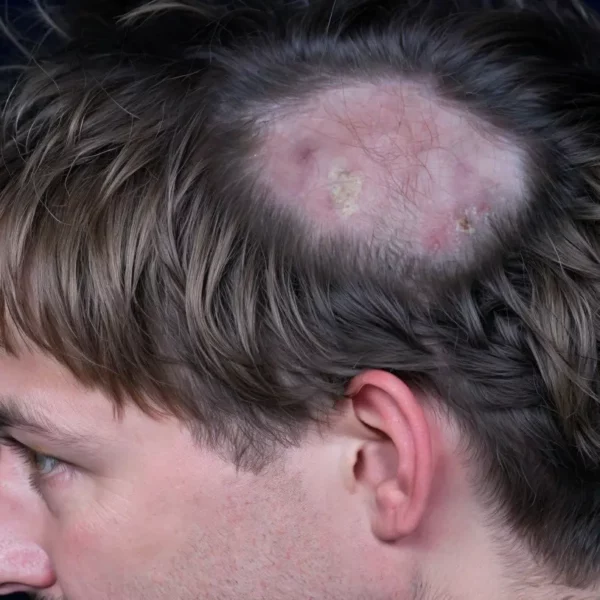
Scarring alopecias, sometimes also known as cicatricial alopecias, represent a heterogeneous group of disorders that result in irreversible hair loss due to the destruction of…